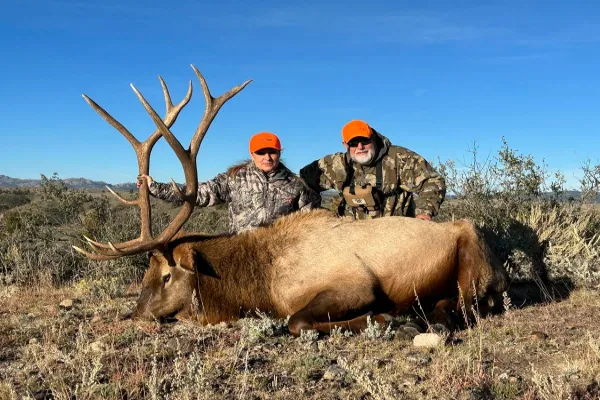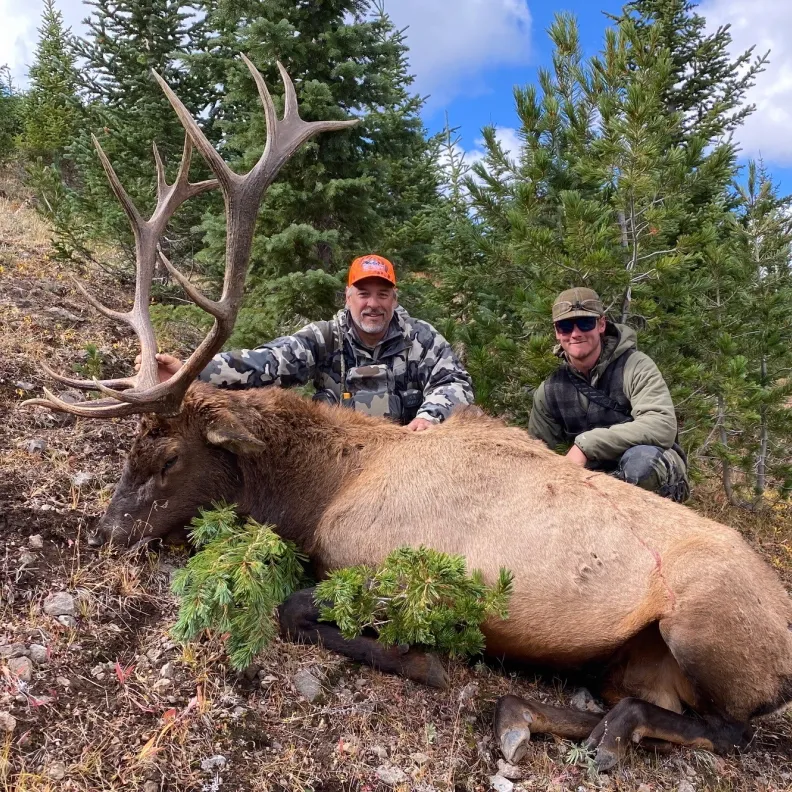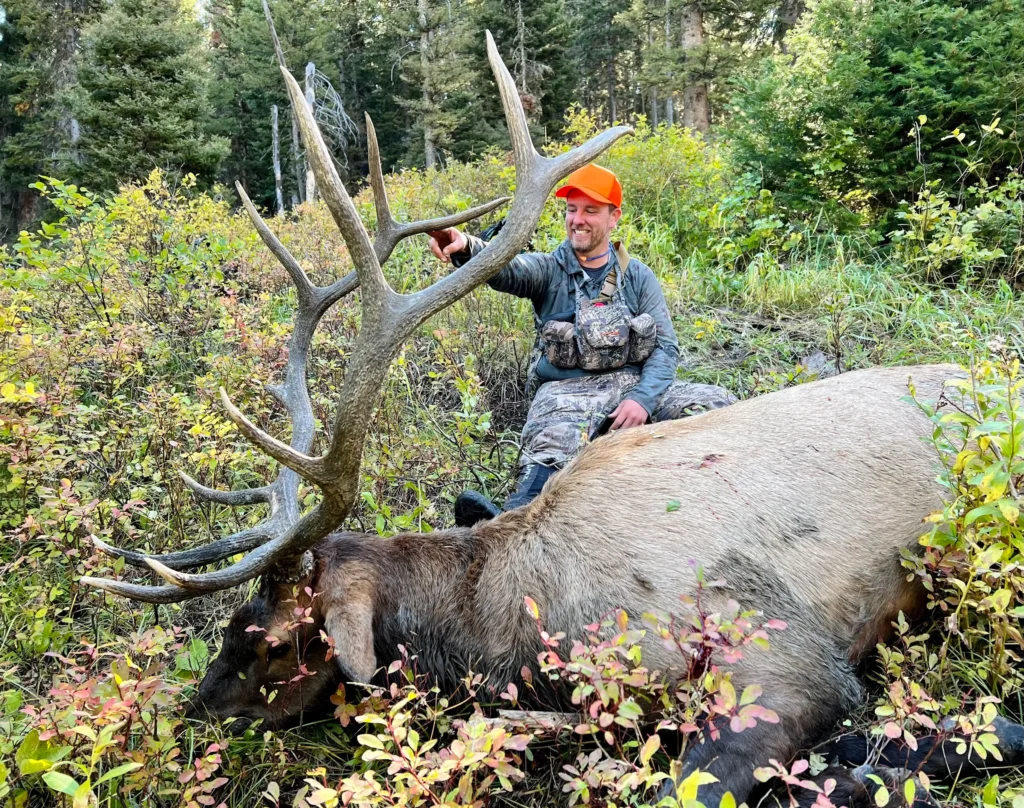Chasing Ghosts of the Wilderness: Elk Hunting in the U.S.
There’s something ancient about elk hunting—something primal that reaches past the gear, beyond the chase, and into the soul. In the sweeping landscapes of the American West, where fog hugs the pines and every canyon hums with silence, hunting elk is more than a sport. It’s a ritual.
I still remember the first time I heard an elk bugle. It wasn’t just a sound—it was a statement. Piercing, mournful, almost supernatural. That cry rolled through the valley like thunder, and for a moment, everything else—my breath, my nerves, even time—stood still. In that single haunting call, I understood why elk hunting stirs such passion in those who pursue it.
Elk aren’t just another game species. They are elusive, resilient, and incredibly intelligent. They don’t offer themselves easily, and that’s exactly why hunters across the U.S. spend years, even decades, refining their skills, chasing these animals through some of the wildest terrain left on the continent.
The Landscape: America’s Elk Country
Elk hunting in the U.S. spans a breathtaking mosaic of wilderness. From the dense lodgepole pine forests of Montana to the high deserts of New Mexico, from the snowy ridgelines of Colorado to the open sagebrush basins of Wyoming, each state offers a unique set of challenges and rewards.
Colorado, home to the largest elk population in North America, is often the starting point for many hunters. Its public lands and over-the-counter tags attract thousands each fall. But with opportunity comes competition—hunting pressure can be intense.
Montana and Idaho offer a more rugged experience—less accessible, but for those willing to hike harder and dig deeper, the payoff can be immense. Arizona and Utah, with their limited tags and draw systems, are dream destinations where bulls grow old and massive under careful management. And then there’s Alaska, where the Roosevelt elk live in coastal rainforests, accessible only to the most adventurous.
Wherever you go, elk country demands respect. It’s big, unpredictable, and often unforgiving.
The Animal: Ghosts of the Timber

There’s a reason elk are called the “ghosts of the timber.” For an animal that can weigh over 700 pounds, they move with shocking silence. You can spend days glassing ridgelines, following tracks, or working calls without ever laying eyes on them. Then, in a flash—there they are. Or they were.
Elk are herd animals, but that doesn’t make them easier to hunt. Cows are constantly alert, bulls especially cautious. Their senses are sharp: vision, smell, hearing—they’re built to survive. Add steep country, unpredictable weather, and vast terrain, and it becomes clear why harvesting a mature bull is considered one of the greatest accomplishments in North American hunting.
The rut, which usually peaks in September, is the most electrifying time to hunt. Bulls are vocal, aggressive, and more likely to make mistakes. But even then, calling one within bow range is a blend of art, patience, and a little luck. For rifle hunters, post-rut hunts offer longer-range opportunities but often require deeper pushes into remote backcountry.
The Preparation: Mind and Body
You don’t just wake up one morning and decide to chase elk. Well, you can—but you’ll pay for it. Elk hunting demands physical fitness, mental endurance, and serious preparation.
In the months leading up to a hunt, I train my legs like I’m preparing for a marathon. Long hikes with a weighted pack, elevation training, and early morning cardio become routine. The mountains don’t care if you’re tired. The elk don’t wait while you catch your breath.
Then there’s gear: boots that won’t blister at mile 10, packs that can carry out 80 pounds of meat, optics that spot movement across a valley, and layers that can handle sunshine and snow in the same hour. And of course—maps, GPS, tags, licenses, and a plan for how to pack out your animal should fortune smile on you.
The Ethic: More Than a Kill
To hunt elk ethically means more than obeying laws or seasons. It’s about understanding your impact on the animal, the land, and the culture of hunting itself.
I’ve passed on shots because the angle was wrong or the distance too great. I’ve eaten tags rather than risk a poor hit. Elk hunting teaches humility. You miss. You learn. You grow. The best hunters I know aren’t just skilled shooters—they’re conservationists, storytellers, and stewards of the wild.
When you finally succeed—when the shot is true and the animal falls—there’s no room for ego. Only gratitude. You kneel. You reflect. You know that taking a life, even for food, carries a weight that no trophy can match.
The Reward: Meat, Memories, and Meaning

Elk meat is rich, lean, and nourishing. Every steak, every stew, every grilled backstrap tastes better when you’ve packed it out on your back, earned with sweat and sore legs. But the reward of elk hunting goes beyond the freezer.
It’s the morning silence broken only by your breath. It’s the excitement of fresh tracks, the thrill of hearing a bugle just out of reach. It’s the solitude, the effort, the camaraderie of sharing a hunt with someone you trust. It’s the stories that unfold each year—sometimes in success, sometimes in failure, always in adventure.
Why We Keep Coming Back
You don’t hunt elk for the certainty of it. You do it for the unknown. For the challenge. For the chance to test yourself against wildness—not in domination, but in dialogue. Elk hunting reminds us that we are part of the natural world, not above it. That even with technology and planning, nature remains vast and humbling.
So we come back—year after year, boot after boot, bugle after bugle—not just for the harvest, but for the journey.
Because some ghosts are worth chasing.

FAQ Section (SEO & Reader-Friendly)
Q1: What states are best for elk hunting in the U.S.?
Colorado is the most popular for elk hunting due to its large population and over-the-counter tags. Other top states include Montana, Idaho, Wyoming, Arizona, and Utah, each offering unique terrain and hunting regulations.
Q2: When is elk hunting season in the U.S.?
Elk seasons vary by state but typically run from late August through November. Archery season usually begins in early fall, followed by muzzleloader and rifle seasons. The rut—usually in September—is a prime time for calling bulls.
Q3: What gear do I need for elk hunting?
Essential gear includes a reliable rifle or bow, quality optics, durable boots, a frame pack for packing out meat, GPS/maps, and layered clothing for changing weather. Physical fitness is also critical for success in the field.
Q4: Can non-residents hunt elk in the U.S.?
Yes, non-residents can apply for elk tags, but some states require entry through a lottery or draw system. Others, like Colorado, offer over-the-counter tags for certain units.
Q5: How much meat do you get from a harvested elk?
A mature bull elk can yield around 200 to 300 pounds of boneless meat, depending on the size and shot placement. It provides high-protein, lean meat that many hunters use year-round.
Author Bio: Ana Milojevik
Ana Milojevik is a passionate outdoor writer and wildlife conservation advocate who blends personal field experience with deep research. She writes about hunting, ecology, and rural traditions, aiming to inspire both seasoned hunters and curious beginners. When she’s not writing, you’ll likely find her tracking trails in the mountains or helping youth explore the outdoors.